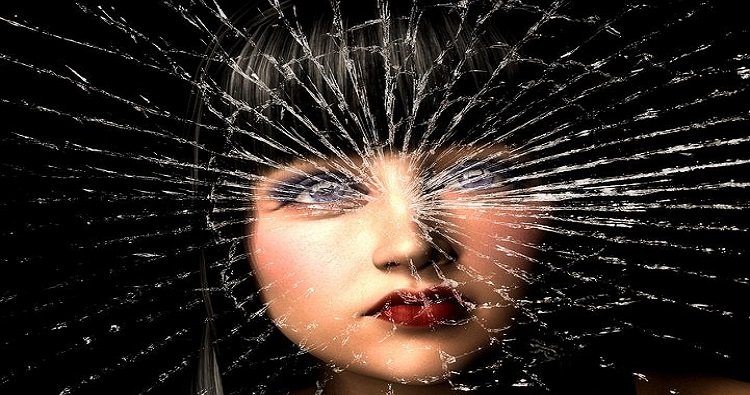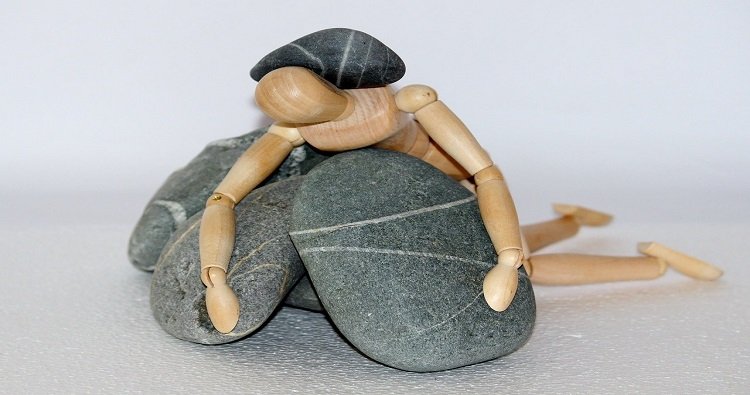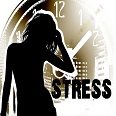- + 91 9958444373
- Malviya Road Dehradun, UK, India.
Blogs detail

TRICHOTILLOMANIA
- 2020-08-24
As per the American Journal of Psychiatry, it has been estimated that 0.5%-3% of the population are affected by Trichotillomania. The disorder is more prevalent equally among males and females of adolescence. Adult females report their condition more than adult males. Researchers and doctors have reported that many individuals might be suffering from trichotillomania but avoid reporting it due to shame and embarrassment.
Keep reading to know everything about trichotillomania
TRICHOTILLOMANIA
Trichotillomania is a common yet under diagnosed psychological disorder. Trichotillomania (pronounced as trik-o-til-o-MAY-nee-uh), which is also known as a hair-pulling disorder. It is a disturbance which involves recurrent and irresistible desire to drag the hair out from the eyebrows, scalp, or other areas of your body, despite trying to prevent it.
For some individuals, trichotillomania could be mild and manageable. For others, the compulsive desire to pull hair becomes overwhelming. It is characterized by a long-term urge that results in the pulling one's hair. This occurs to such a degree that hair loss becomes visible. A brief positive feeling may occur once the hair has been removed. Efforts to stop pulling hair generally fail. Hair removal occurs anywhere; although, the head area and the area around the eyes is most common. The hair pulling is to such a degree that it begins to result in distress in many individuals.
Individuals with trichotillomania are unaware of the fact that they are dealing with a diagnosable disorder, according to them it is just a bad habit to pull out hair. The desire to pull out hair for such individuals is overpowering and becomes difficult to resist.
Trichotillomania mostly develops in adolescence and the struggle may continue throughout or occasionally during adolescence. In some cases, individuals may swallow or chew the hair that they have dragged out.
CAUSES OF TRICHOTILLOMANIA
The causes of trichotillomania are unknown but certain factors are known to be the risk factors of the disorder.
The factors are as follows:
GENETIC HISTORY: The genetic history of the disorder involves the family history of the individual. If the individual’s parent or sibling is suffering from trichotillomania, then the individual is likely to develop trichotillomania at some point in his life.
CHILDHOOD TRAUMA: If an individual has faced any sort of childhood trauma, the individual would be likely enough to develop the disorder
DEALING WITH STRESS OR ANXIETY: As per the researchers, it has been found that most individuals develop this disorder as their way of dealing with stress or anxiety.
SELF HARM: To gain relief from emotional distress, pulling of hair is used as a type of self-harm.
CHEMICAL IMBALANCE: Trichotillomania could also be a cause of the chemical imbalance in the brain which is similar to Obsessive-Compulsive Disorder.
ADDICTION: For many people pulling out hair becomes an addiction. The more they pull out, the more they want to keep doing it . Pulling out hair becomes a source of enjoyment for such individuals.
SYMPTOMS OF TRICHOTILLOMANIA
The symptoms of trichotillomania are as follows:
Repeatedly pulling out of hair
Baldness or hair loss
The individuals feel a sense of relief after pulling the hair out
Trying to resist hair pulling
An increasing tension before hair pulling
An urge for a specific type of hair
Individuals pull out hair in order to deal with a stressful situation
Ongoing Anxiety or OCD
DIAGNOSIS OF TRICHOTILLOMANIA
If Symptoms exist, the diagnosis may take place. The Diagnosis could easily be done by visiting a general physician, who may perform a detailed history of the patient along with a range of medical tests that may help in ruling out the other possible causes of hair loss. In many cases, the individuals are reluctant to talk about their symptoms and hair loss due to embarrassment which may lead in the diagnosis being overlooked.
TREATMENT OF TRICHOTILLOMANIA
The treatment of Trichotillomania involves both medications and psychotherapy. Psychotherapy includes cognitive behaviour therapy that is helpful in not just identifying but also altering the thoughts of the individual.
Medications are used to influence the glutamate transmission and also acting upon the dopamine systsystem.
Contact now
We are a group of health professionals, including Psychologists, Clinical psychologist, Rehabilitation Psychologist, Counsellors, Mindfulness Experts and Social Workers. We are working since 2018 in India to foster mental health.
Contact Us
recent blogs
-

SADNESS AND DEPRESSION ARE DIFFERENT!
2020-06-16 -

ALCOHOL USE DISORDER (AUD)
2020-06-19 -

SEASONAL AFFECTIVE DISORDER (SAD)
2020-06-12 -

UNDERSTANDING MINDFULNESS MEDITATION
2020-06-03 -

BURDEN OF DEPRESSION
2020-06-17







